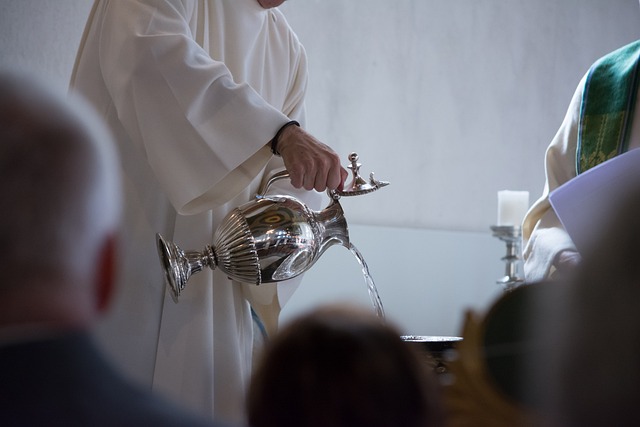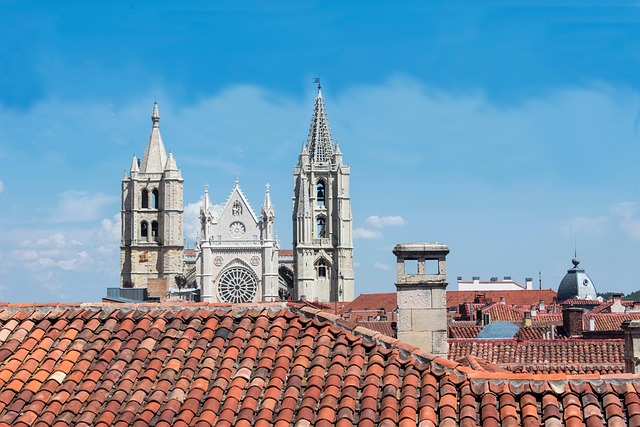Across cultures and centuries, binding rituals have served as powerful conduits for expressing devotion, seeking protection, and forging connections between the human and the divine. By weaving together symbolic actions, sacred texts, and communal participation, these ceremonies create an intimate space where the abstract becomes tangible. The act of binding—whether it is the tying of knots, the offering of incense, or the chanting of invocations—acts as a connector that links the participant’s inner world with larger spiritual narratives. This article explores how binding rituals function within various religious traditions, examines their symbolic layers, and reflects on their contemporary relevance.
Historical Roots of Binding Rituals
The earliest evidence of binding as a spiritual practice appears in ancient Mesopotamian tablets where priests would bind bundles of herbs to ward off illness. In the Vedic tradition, fire sacrifices (yajnas) involve binding offerings within the sacred fire, symbolizing the union of the earthly and celestial realms. In Christianity, the binding of vows in marriage ceremonies signifies the lifelong commitment between partners and God. Despite differences in form, the underlying intention remains consistent: to anchor intentions, sanctify relationships, and establish a tangible link to the sacred.
Materials and Symbols Used in Binding Rituals
The physical objects chosen for binding rituals are seldom arbitrary. They carry layered meanings that resonate across cultural contexts.
- Ropes and cords: Often woven from natural fibers, they symbolize the binding of destiny and the interweaving of community ties.
- Incense and fragrant oils: Burning these substances releases scents that ascend, representing prayers rising to the heavens.
- Water: Used in baptisms and cleansing rites, water represents purification and renewal.
- Salt: Commonly sprinkled in rituals, salt stands for preservation, protection, and the binding of divine promise.
- Sacred texts: Recited verses are considered binding spiritual authority, linking participants to ancestral wisdom.
The Structure of a Binding Ritual
Preparation
Preparation often involves a period of fasting, meditation, or prayer, during which participants mentally align themselves with the intended purpose of the ritual. In many traditions, a chosen leader or elder performs a cleansing of the space, setting the tone for the binding act.
Invocation
This stage calls upon divine presence, seeking blessing before the binding action. Invocations may be spoken, chanted, or sung, and often include petitions for protection, guidance, or harmony.
Binding
The core of the ceremony. Participants may tie knots, lay incense upon a shrine, or place water over a symbol. Each movement is deliberate, transforming intent into a physical anchor that symbolizes commitment or protection.
Closure
Closing statements or blessings seal the ceremony, offering gratitude and marking the completion of the binding. The community may share a communal meal or sing, reinforcing the bonds formed.
Theological Significance of Binding
Binding rituals act as a bridge between the human and the divine. By physically embodying intentions, participants externalize inner convictions, making them visible to the community and to the transcendent. The knot, for instance, becomes a metaphor for covenant—an unbreakable promise that, once tied, remains steadfast. In monotheistic faiths, binding also signifies surrender to a higher will, demonstrating trust that the divine will honor the commitment. For polytheistic and animistic traditions, binding often involves a pact with a spirit or deity, ensuring mutual respect and cooperation.
Modern Adaptations and Reinterpretations
In contemporary practice, many binding rituals have been adapted to fit modern contexts while preserving their core symbolism. Some communities incorporate technology by recording vows on digital media, thus “binding” intentions in a format that can be revisited. Others reinterpret the physical act—replacing cords with braided fiber art or using symbolic gestures like the joining of hands—to reflect environmental consciousness and inclusivity. Despite these changes, the essence of binding as a connector that strengthens spiritual ties remains intact.
Personal Narratives of Binding Experiences
Individuals across cultures often recount transformative moments when binding rituals unfolded. A few shared memories illustrate how the act of binding can alter perceptions of self and community.
- María, a Catholic mother of three: She described tying a rosary around her wrist during a funeral service as a way to feel connected to her deceased child, turning grief into a living memory that guided her daily life.
- Dr. Okafor, a Nigerian priest: He recalled the moment he bound a bundle of herbs around his brother’s wrist during a healing ceremony, noting how the gesture brought the brother’s family a sense of peace amid illness.
- Leah, a spiritual seeker in a non-denominational setting: She shared how the communal tying of ribbons during a vow ceremony fostered a feeling of belonging, reminding her that she was part of something larger than herself.
Conclusion: Binding as a Timeless Connector
Whether rooted in ancient texts or modern reinterpretation, binding rituals persist because they address fundamental human needs: connection, commitment, and the desire to make the invisible visible. The act of binding, whether through a cord, a chant, or an offering, serves as a connector that unites individuals, communities, and the divine. By participating in these rituals, people not only honor their traditions but also craft a living tapestry of faith—one knot at a time. The enduring power of binding rituals reminds us that even in a rapidly changing world, the human longing for sacred connection remains a constant thread, binding us all in shared experience and hope.


